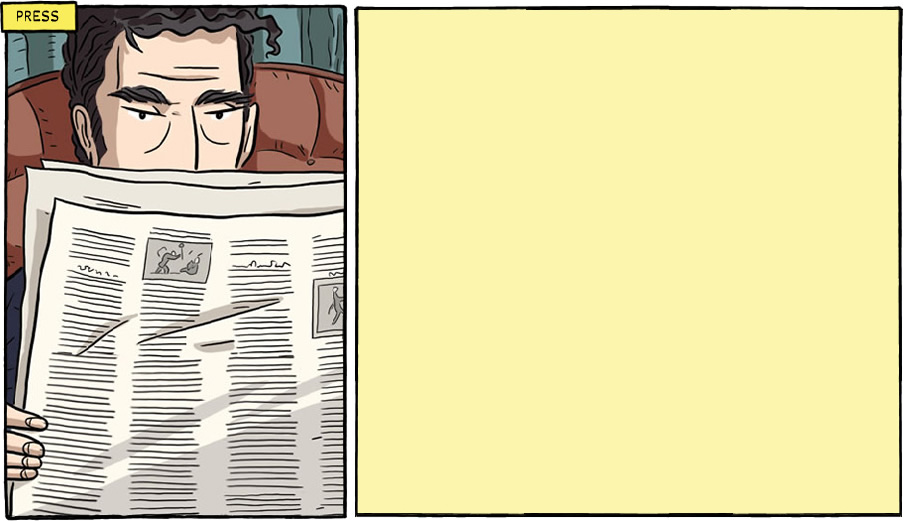
| A Good Look at Logic |
| Written by Hannah Stone, STANDPOINT |
| Thursday, 29 October 2009 07:54 |
|
What do Superman and Bertrand Russell have in common? More than you might think, according to this innovative graphic novel, based on the life of the British philosopher. Both are heroes whose stories are worthy of a comic book. The comic format traditionally demands a strong narrative, a battle between good and evil, and a hero at its centre. Russell's story provides all three — a man who spent his life searching for the logical foundations of mathematics, with chaos and unreason as the villains.
Through Russell's story we learn about the science of logic, which the comic format makes unexpectedly gripping. His ambition was certainly heroic: to free humanity from doubt by finding a logical structure upon which mathematics, and thus science and the whole edifice of knowledge, could be based. By understanding the true nature of reality through reason, man would be released from the trap of his own subjectivity, vanquishing Russell's twin enemies: ignorance and doubt. Russell's personal life was just as eventful. Born into a prominent aristocratic family and orphaned at the age of three, he was raised by his strict Victorian grandparents, married four times and jailed in the First World War for his pacifist principles. We see him as a lonely child finding comfort in the certainties of Euclid, as a young man courting his first wife with the tales of Lewis Carroll, and as a distinguished philosopher meeting some of the greatest minds of the 20th century. This dramatic tale unfolds in classic comic-book style, punctuated by thought bubbles, fantasy sequences and action noises ("Boom!" "Crack!"). Our hero is a lone ranger, battling against impossible odds to reach his goal of absolute truth, often despairing but never giving up. Appropriately, the book has a few philosophical tricks of its own. It opens with its authors, researchers and artists in cartoon form, discussing the project with one another as they draw up storyboards in their studio. They reappear throughout the book to comment on its progress. This cartoon-within-a-cartoon is a neat illustration of Russell's famous paradox of self-reference, and provides a running commentary on the story. Russell is torn between two poles, striving for reason, sanity and peace, against chaos, madness and war.
The authors have their own dilemma to contend with: we see them arguing over whether this is a human story about a man and his passions, or about the developing science of logic. Along the way, we visit 1940s New York, sunny present-day Athens, turn-of-the-century Paris, and the quads of Cambridge, and meet Frege, G. E. Moore, Gödel and Wittgenstein. Brilliantly sketched, these intellectual giants endlessly debate and even brawl over the finer points of logic. In the cartoon format, their arguments must be reduced to the bare essentials, with complex ideas shrunk to the size of a speech bubble. The book is also rather beautiful: the climactic moments of the story, such as Wittgenstein's epiphany in the trenches of the First World War, are spread out over full pages of glorious colour.
As the story progresses, we realise that Russell is closer to a tragic hero of Greek myth than an American-style comic crusader. A flawed man who is cruel to his first wife, he is driven by his fear of the dark family taint of madness, striving for the unattainable goal of perfect knowledge which must forever slip from his grasp. At the end of the book, the authors attend a performance of the Oresteia, in which the dark chaotic Furies are brought within the rational polis of Athens, and realise that reason and unreason can and must coexist. It's a resolution that Russell himself does not reach.
Read this review on the Standpoint website. |







